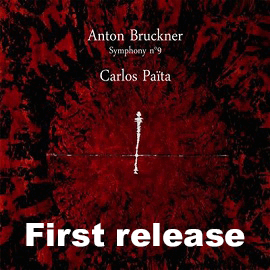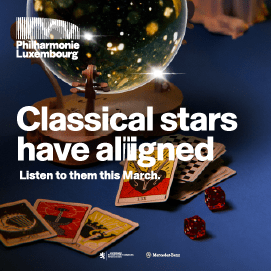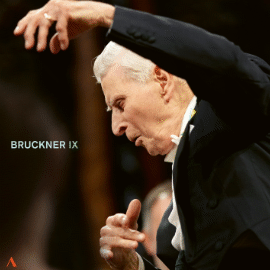Jean-Yves Thibaudet macht mit diesem Album seinem Ruf als ebenso sensibler wie kraftvoller Klaviervirtuose mit einer stupenden Spielsicherheit wiederum alle Ehre.
Das 1936 entstandene Klavierkonzert des armenischen Komponisten Aram Khachaturian beginnt in einer sehr positiven Stimmung, enthält aber auch leidenschaftlich enthusiastische und dramatischen Passagen. Thibaudet zündet (natürlich vor allem in den schnellen Passagen) ein brillantes pianistisches Feuerwerk, wobei sein Spiel von analytischer Schärfe bleibt und trotz aller Virtuosität auch noch die nötige Noblesse hat.
Der zweite Satz, Andante con anima, beginnt langsam und leise, und schwillt schließlich an, um einer lyrischen, von der Singenden Säge gespielten Melodie Platz zu machen. Das Instrument bekommt in dieser Aufnahme eine prominente Position.
Der dritte Satz, Allegro brillante, ist teils noch nachdenklich, wird dann zunehmend prachtvoller. Und der Pianist hat diese dramatische Kraft, ohne die dieses Werk nicht leben kann, er hat sie sogar, indem er Eleganz beweist und nicht mehr Kraft anwendet, als er braucht.
Jean-Yves Thibaudet spielt den Säbeltanz virtuos, aber nicht knallig, die Kindheits-Stücke charmant und nett. Der Schwung ist da, der Gesang auch. In der Suite aus Masquerade kann er das Klavier zum Singen bringen, ohne die Virtuosität und die brillanten Farben zu vernachlässigen.
With this album, Jean-Yves Thibaudet once again lives up to his reputation as a sensitive and powerful piano virtuoso with a stupendous confidence in his playing.
The piano concerto by the Armenian composer Aram Khachaturian, written in 1936, begins in a very positive mood, but also contains passionate, enthusiastic, and dramatic passages. Thibaudet ignites brilliant pianistic fireworks (especially in the fast passages, of course), but his playing remains analytically sharp and, despite all the virtuosity, has the necessary nobility.
The second movement, Andante con anima, begins slowly and quietly, eventually swelling to give way to a lyrical melody played on the musical saw. The instrument is given a prominent place in this recording.
The third movement, Allegro brillante, is still thoughtful in parts, but then becomes increasingly grandiose. And the pianist has that dramatic power without which this work cannot live, he even has it by demonstrating elegance and not using more force than necessary.
Jean-Yves Thibaudet plays the Sabre Dance with virtuosity, but not gaudily, the childhood pieces charmingly and beautifully. The momentum is there, as is the singing. In the Suite from Masquerade, he can make the piano sing without neglecting virtuosity and brilliant colors.






















